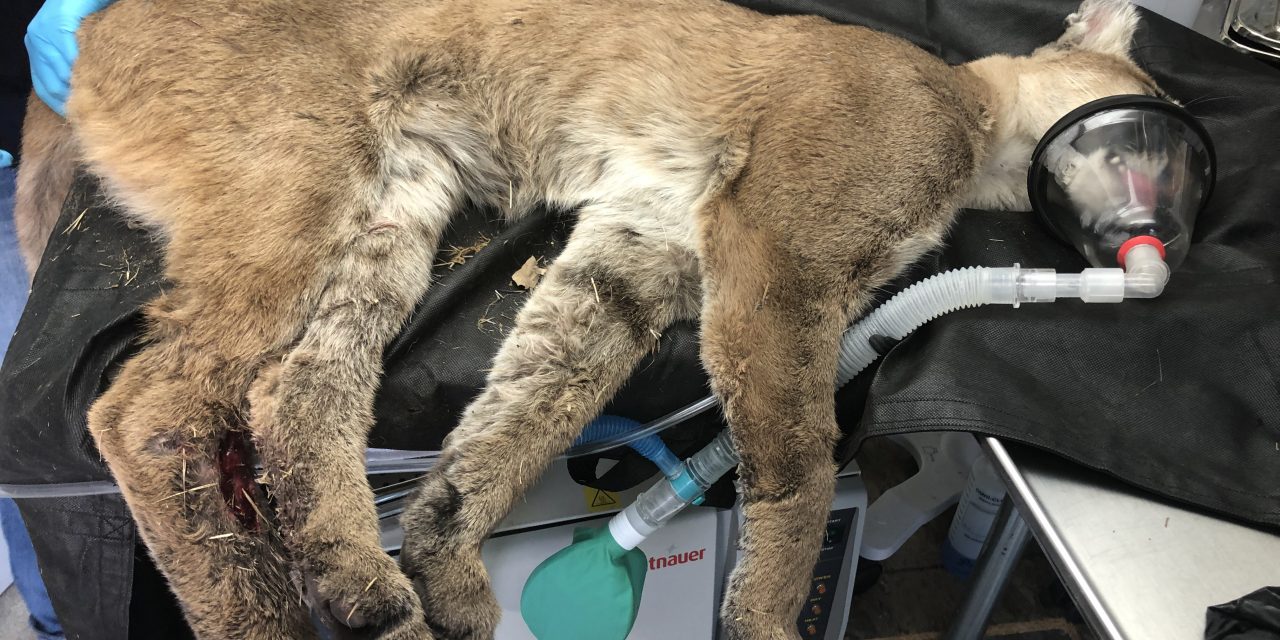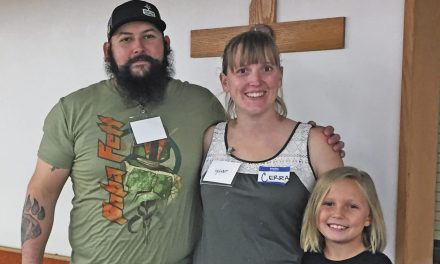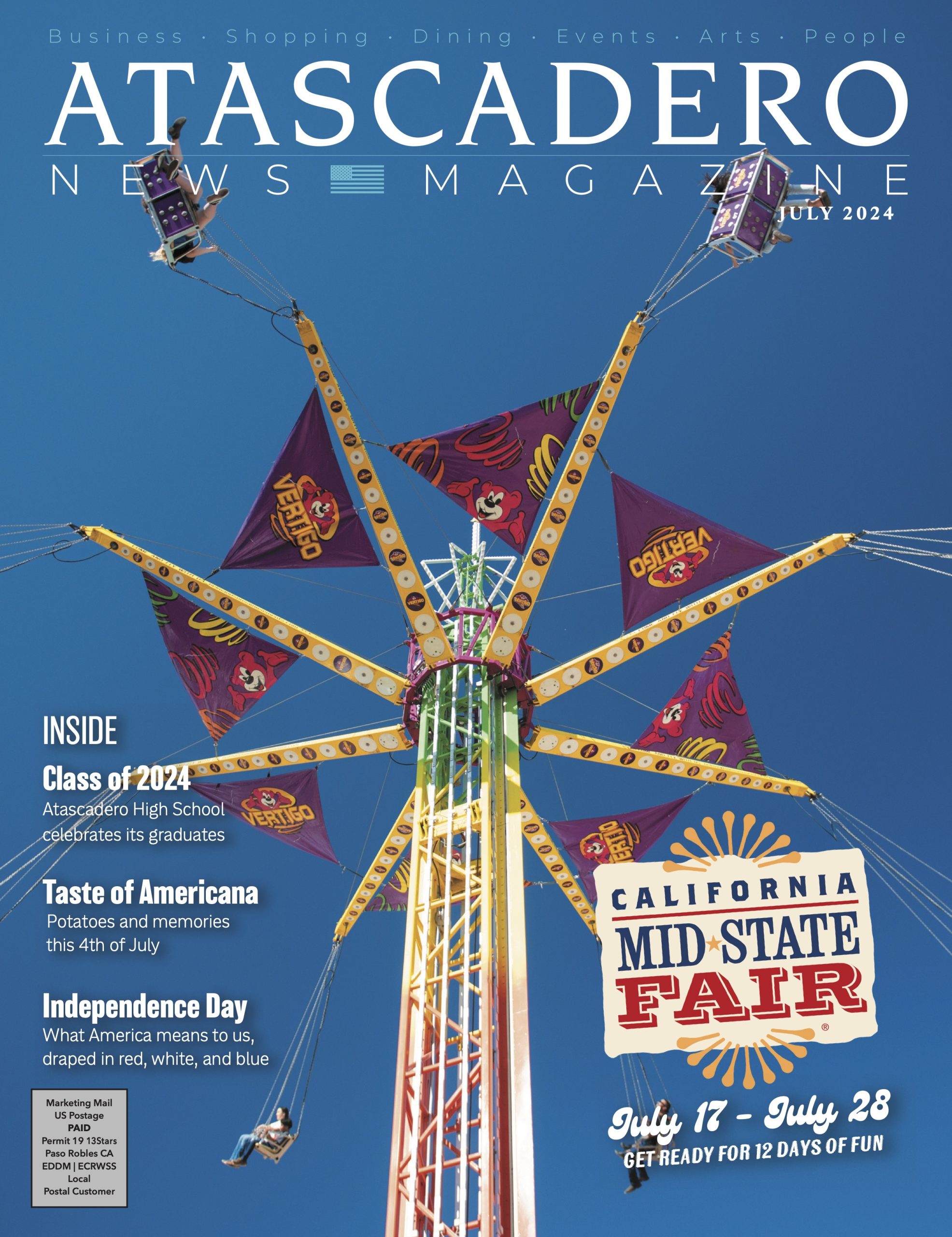State Fish and Wildlife officer provides details from late-October incident
ATASCADERO — In late October, an injured mountain lion was spotted along Highway 101 near Santa Rosa Road and taken to a Morro Bay wildlife center for treatment.
Unfortunately, this story does not have a happy ending as the young female mountain lion’s pelvis was fractured in two places and was euthanized, reported California Department of Fish and Wildlife Lt. Matthew Gil. He covers San Luis Obispo and Monterey counties.
“Our hope was to take it to a rehab center and then release it when it recovered,” Gil said. “We tried our best to give that lion every chance we could. It had a very hard life.”
It was likely hit by a car not long before it was found on Oct. 29 by a person walking near Highway 101 and Santa Rosa Road overcrossing, Gil said.
The person saw the mountain lion at approximately 10 a.m. on the shoulder of northbound Highway 101 and reported it to the California Highway Patrol, who contacted Gil at CDFW.
When Gil arrived, he said they saw the mountain lion had a deep cut on its back leg.
“It had sustained an injury, but we couldn’t determine how bad it was,” Gil said. “It was walking around. It would back away from us and hiss at us when we approached.”
Not knowing the severity of the mountain lion’s injuries, Fish and Wildlife, on their state veterinarian’s advice, decided to capture and take the lion in for treatment.
Around noon, all southbound and northbound lanes of Highway 101 were closed out of caution for the mountain lion, emergency personnel and the public driving.
“Just in case it started running,” Gil said. “We didn’t want it running into traffic.”
Gil used two tranquilizer darts to subdue the animal. The mountain lion was loaded into Gil’s truck and taken to Pacific Wildlife Rehabilitation Care Center in Morro Bay.
At the center, they determined it was a 45-pound sub-adult female mountain lion, putting its age at about a year old.
X-rays revealed how badly injured the mountain lion was and how hard its life was, Gil said.
In addition to the current pelvis fractures, x-rays showed “it had a busted knee probably from being hit by a car previously. It had healed, but it couldn’t jump because of it,” Gil said, noting that the mountain lion tried unsuccessfully to jump into a tree along the highway.
The mountain lion was euthanized and a necropsy was performed.
Gil said the mountain lion was on its own and that it was probably hit by a car initially six months ago. Deer are a food source for mountain lions. Gill said this one was probably following deer who were in the area looking for water and food.
“It probably got caught in the wrong place at the wrong time,” Gil said, adding they did not have reports of a mountain lion being hit by a car.
Gil said female mountain lions are traditionally lighter than males and that 45 pounds was a little light for a female, but that it was not emaciated or starving.
Gil said mountain lions are in the area, but “they usually see you before you see them if you see them at all.”
Gil said CDFW was in the process of attempting to count how many mountain lions are on the Central Coast.
Not every mountain lion story ends with euthanization. Gil said they captured a young mountain lion near Kermit King Elementary in northeast Paso Robles in June. It was tagged and safely released.
If someone spots a mountain lion, Gill said they should report it to local authorities. He also advised people who encounter a mountain lion to remain calm and slowly back away.
For more information, visit https://wildlife.ca.gov/.















